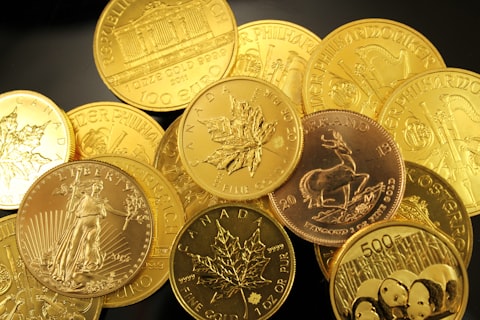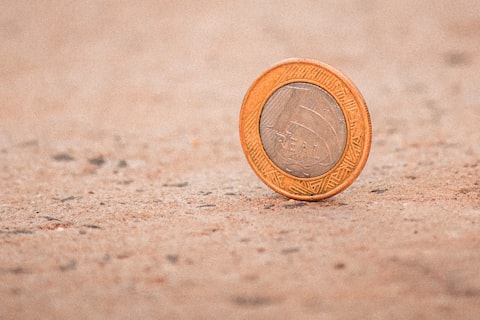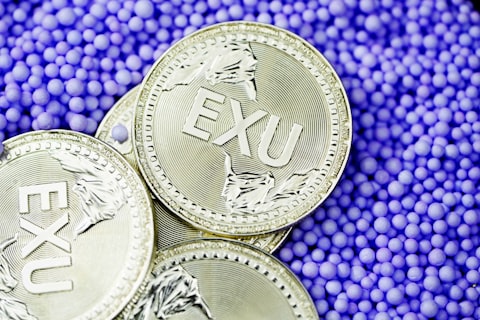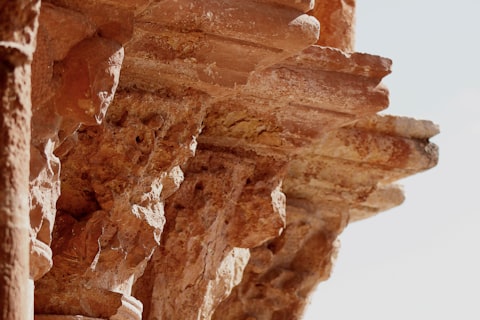The Enduring Legacy of Gold and Silver Currency: A Historical Perspective
Gold and silver, revered for their intrinsic value and enduring
allure, have served as foundational elements of monetary systems
throughout history, shaping economies, trade, and the evolution of
financial exchange. This essay delves into the rich historical
significance of gold and silver currency, tracing their pivotal roles,
from ancient civilizations to contemporary financial landscapes.
Ancient Origins and Monetary Significance
The use of gold and silver as currency dates back to ancient civilizations, where these precious metals were prized for their rarity, durability, and aesthetic appeal, laying the groundwork for their adoption as mediums of exchange.
Mesopotamian and Egyptian Civilizations
Ancient Mesopotamia and Egypt utilized gold and silver as early forms of currency, recognizing their intrinsic value and suitability for trade and commerce.
Greek and Roman Coinage
The Greek and Roman empires standardized gold and silver coinage, establishing a monetary system that facilitated widespread economic transactions and international trade.
The Gold Standard and Monetary Stability
The adoption of the gold standard in the 19th century marked a significant milestone in the formalization of gold and silver as the basis for monetary systems, providing stability and confidence in currency valuation.
Standardization of Currency
Under the gold standard, currencies were pegged to a specific quantity of gold, ensuring a fixed exchange rate and fostering international monetary stability.
Economic Expansion and Trade
The gold standard facilitated global economic expansion and trade, providing a common benchmark for currency valuation and promoting financial interconnectedness.
Silver as Legal Tender and Trade Currency
Silver, alongside gold, played a crucial role as legal tender and trade currency, particularly in regions where its abundance and malleability made it a preferred medium of exchange.
Silver Coins and Trade Routes
Silver coins were widely utilized along trade routes, from the Silk Road to maritime trade, facilitating commerce and cultural exchange across diverse civilizations.
Bimetallism and Monetary Policy
The concept of bimetallism, which allowed for the concurrent use of gold and silver as legal tender, shaped monetary policy and exchange rates in many economies.
Contemporary Significance and Investment
In the modern era, gold and silver continue to hold significant value as investment assets, serving as hedges against inflation, economic uncertainty, and currency fluctuations.
Precious Metal Markets
Gold and silver markets play a pivotal role in global finance, offering avenues for investment diversification and wealth preservation.
Store of Value and Safe Haven Assets
Both gold and silver are recognized as store of value assets, sought after for their stability and resilience in times of economic volatility and geopolitical unrest.
Conclusion: The Enduring Appeal of Gold and Silver Currency
The historical legacy of gold and silver currency underscores their enduring appeal as symbols of wealth, stability, and financial security. From ancient civilizations to modern investment landscapes, these precious metals have left an indelible mark on the evolution of monetary systems, trade, and economic prosperity, embodying a timeless legacy of enduring value and significance.
The Enduring Legacy of Gold and Silver Currency: A Historical Perspective
Keywords
Gold Silver Currency History Economy Trade Investment
Ancient Origins and Monetary Significance
Gold and silver have been valued since ancient times for their rarity and beauty, becoming the basis for early currencies.
- Mesopotamian and Egyptian Civilizations: Early adoption for trade and commerce.
- Greek and Roman Coinage: Standardization of monetary systems.
Images
The Enduring Legacy of Gold and Silver Currency: A Historical Perspective
Keywords
Gold Silver Currency History Economy Trade Investment
Ancient Origins and Monetary Significance
Gold and silver have been valued since ancient times for their rarity and beauty, becoming the basis for early currencies.
- Mesopotamian and Egyptian Civilizations: Early adoption for trade and commerce.
- Greek and Roman Coinage: Standardization of monetary systems.
Images


The Gold Standard and Monetary Stability
The 19th century's gold standard era brought about a new level of monetary stability and international trade.
- Standardization of Currency: Fixed exchange rates and international monetary stability.
- Economic Expansion and Trade: Facilitated global economic growth.
Figures
Economic Impact of the Gold Standard:
Silver as Legal Tender and Trade Currency
Silver's role complemented gold, especially in regions where it was more abundant.
- Silver Coins and Trade Routes: Essential for commerce along major trade routes.
- Bimetallism and Monetary Policy: Influenced exchange rates and economic policies.
Images


Contemporary Significance and Investment
Today, gold and silver remain important as investment assets and economic stabilizers.
- Precious Metal Markets: Central to global finance and investment strategies.
- Store of Value and Safe Haven Assets: Offer stability during economic uncertainty.
Figures
Investment Dynamics of Gold and Silver:
Conclusion: The Enduring Appeal of Gold and Silver Currency
Gold and silver have maintained their status as symbols of wealth and financial security throughout history, reflecting their timeless value.
Keywords
Enduring Value Financial Security Monetary Systems Legacy
The Gold Standard and Monetary Stability
The 19th century's gold standard era brought about a new level of monetary stability and international trade.
- Standardization of Currency: Fixed exchange rates and international monetary stability.
- Economic Expansion and Trade: Facilitated global economic growth.
Figures
Economic Impact of the Gold Standard:
Silver as Legal Tender and Trade Currency
Silver's role complemented gold, especially in regions where it was more abundant.
- Silver Coins and Trade Routes: Essential for commerce along major trade routes.
- Bimetallism and Monetary Policy: Influenced exchange rates and economic policies.
Images


Contemporary Significance and Investment
Today, gold and silver remain important as investment assets and economic stabilizers.
- Precious Metal Markets: Central to global finance and investment strategies.
- Store of Value and Safe Haven Assets: Offer stability during economic uncertainty.
Figures
Investment Dynamics of Gold and Silver:
Conclusion: The Enduring Appeal of Gold and Silver Currency
Gold and silver have maintained their status as symbols of wealth and financial security throughout history, reflecting their timeless value.
Keywords
Enduring Value Financial Security Monetary Systems Legacy






تعليقات
إرسال تعليق